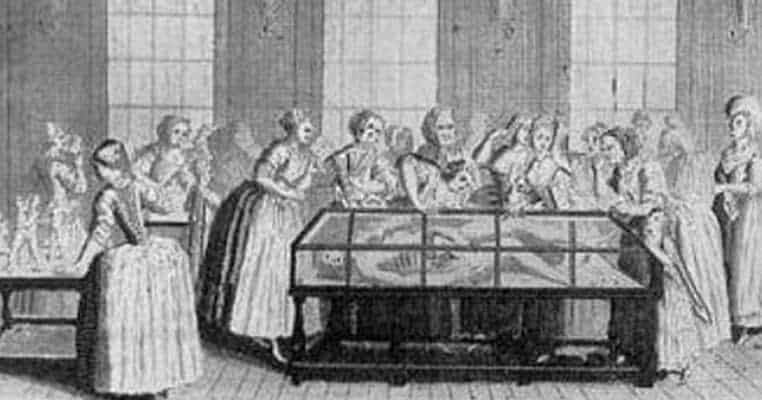Sex education is a controversial topic in the United States even today. The type and scope of school classes vary widely between states, with some providing abstinence-only while others offer a comprehensive knowledge that includes birth control, anal sex, and more. While today’s controversy may seem substantial, it doesn’t hold a candle to the various moral panics over sex education through the last century. The perceived moral decline of the early 20th century led to the rise of an anti-masturbation. However, a sexual hygiene movement was necessary, while the free love movement of the 60s encouraged abstinence-only education. The AIDS crisis of the 1980s led to a further push for abstinence-based education.
Before the 20th century, any knowledge of sexuality or sexual health was considered dangerous and immoral. An 18th century poem opined about “bawdy itch of knowing secret things, and tracing human nature to its springs. Exploring in the site of all the world, the dark receptacle from whence we’re hurl’d.” It was published with an engraving showing women looking upon an anatomic figure of human pregnancy and served as a clear warning to women to not search too deeply into the workings of their own bodies. This theme continued throughout the sexual hygiene movement of the early 20th century, which featured shame-based lessons on sexuality.

Even at the turn of the 20th century, sex education was considered dangerous and wrong. The first female superintendent of Chicago public schools, Ella Flagg Young, saw the rising rate of prostitution and sexually transmitted disease in her city and decided to implement a sex hygiene class in the 1910s. This decision led to the first sex education class in the United States. The Chicago school board was so disgusted by this innovation that she was fired from her position only a few short years after her promotion in 1909.

The Social Hygiene Movement of the 1910s picked up where Young left off. These educational and societal reformers believed education was the answer to the lack of perceived virtue around sexuality. They felt the problem with society was ignorance, not evil. The movement sought to educate children on “sex hygiene,” which was a polite way at the time to say sexually transmitted disease prevention. In 1913, the American Sexual Hygiene Association launched a crusade to eradicate sex work, which they dubbed “white slavery,” as well as other societal ills through education on sex hygiene. The instruction was similar to today’s abstinence-only education, with a focus on preventing pre- and extra-marital sex.
A side effect of the anti-sex hygiene movement was a focus on stopping masturbation, specifically targeted at young boys. A film produced by the American Sexual Hygiene Association warned “Masturbation may seriously hinder a boy’s progress towards vigorous manhood. It is a selfish, childish, stupid habit.” A common theme of the sexual hygiene lessons of the era was shaming learners about both their bodies and their desires.

